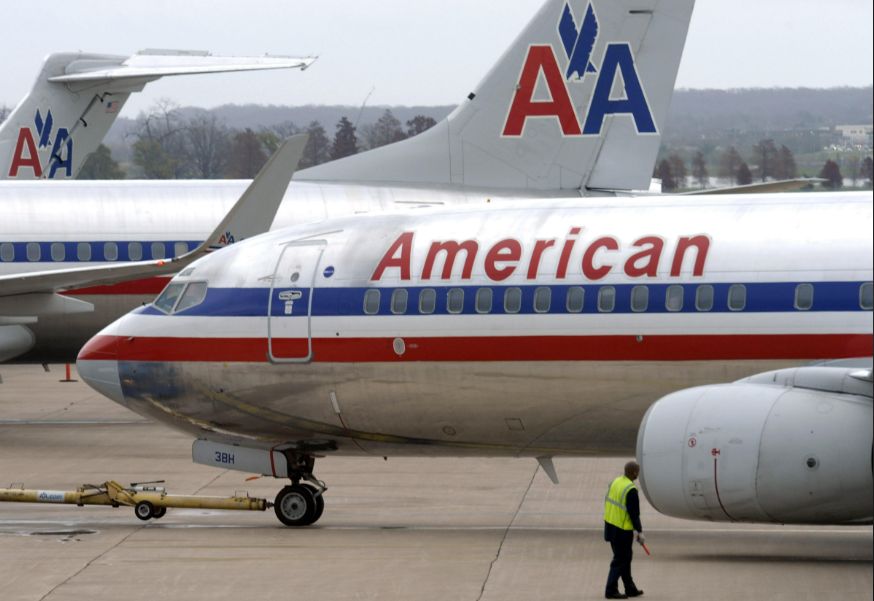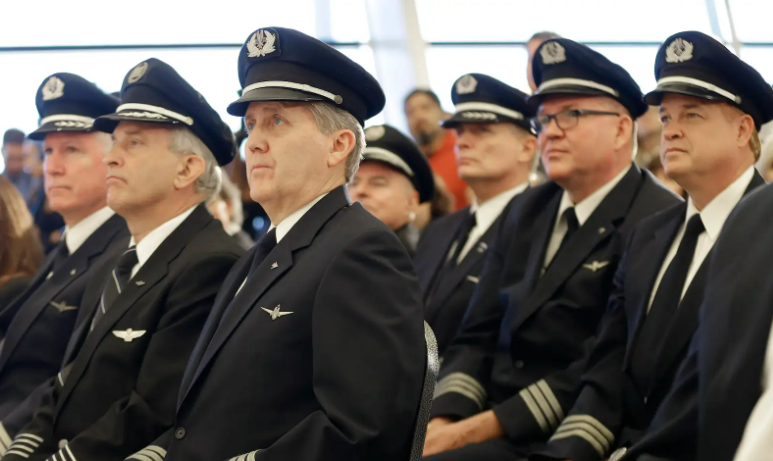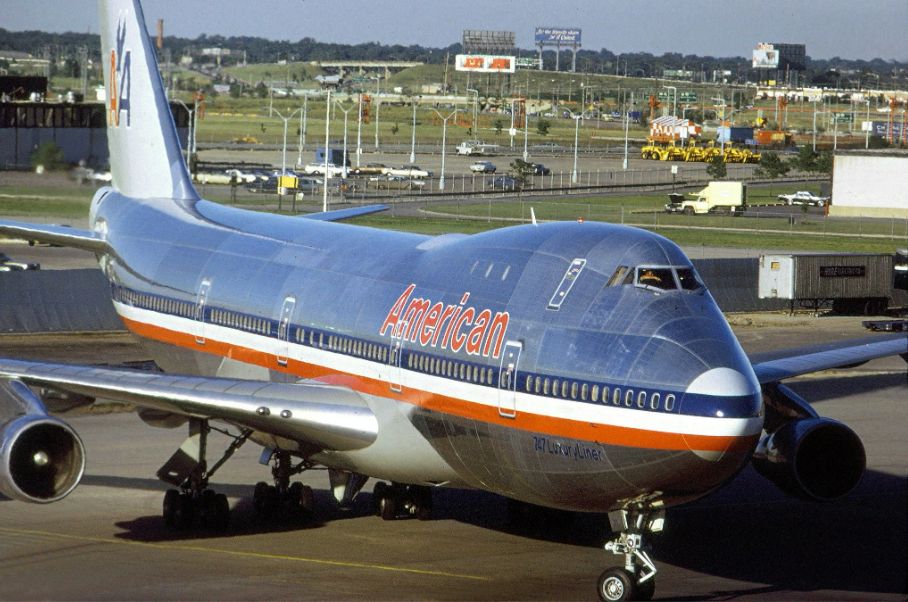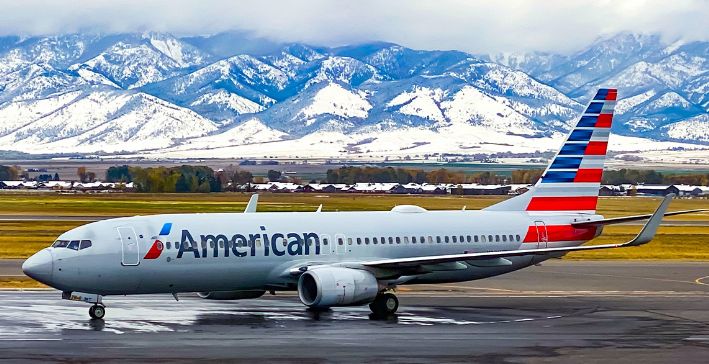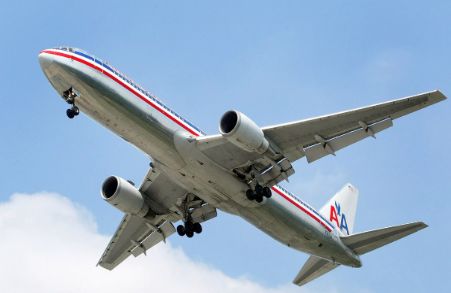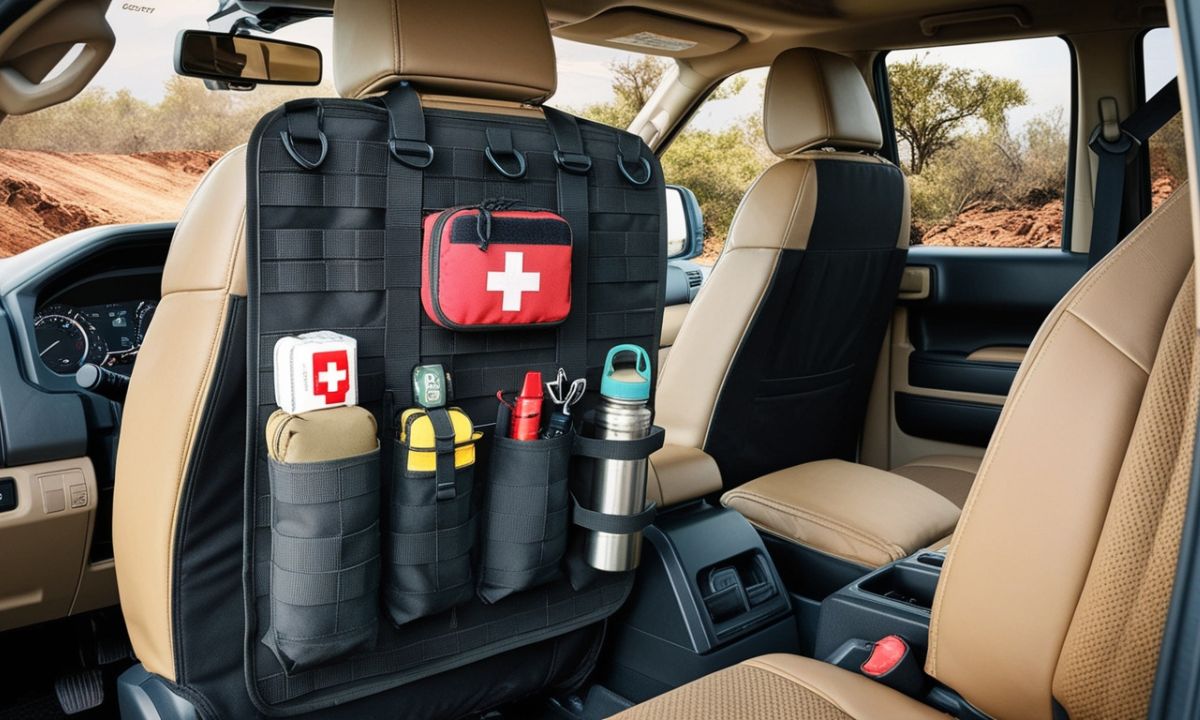American Airlines Pilots claims “a significant spike” in maintenance and safety concerns.
In the past few years, health and security have become central issues facing the aviation industry. For American Airlines, with a fleet of 740 aircraft that carried 96 million passengers last year, forty thousand employees and $11 billion in revenue at stake, such problems pertain especially to its 8,000 pilots who are now sounding alarm bells about their issues. As the world emerges from the global pandemic’s aftermath, maintaining strict health and safety standards is more important than ever. However, airline pilots of A.A will be facing familiar health crises. This article looks at the particular health and safety issues faced by American Airlines pilots, how other airlines in the industry may have to adjust their practices, and the steps being taken to address these problems.
The Health and Safety Landscape in Aviation
The aviation industry is indeed a high-demand area. To make sure passengers and crew alike bear no danger, safety protocols must be enforced strictly. Pilots bear far greater responsibility. They are cruising at high altitudes under various stressful conditions as airplane operators. This responsibility goes along with needing a work environment which gives them care for their own health and welfare – both bodily and mentally.
Occupational Hazards for Pilots
Pilots have their own set of occupational hazards that might affect their health and safety: these consist most commonly in extended periods seated; exposure to differing air pressures from one altitude to another or changing oxygen supply levels since pressurized environments do not exist in nature anywhere else than within an airplane’s cabin; irregular sleep patterns caused by time zone changes like jumping ahead one hour at daylight savings time, and high levels of job stress as well – Flight is a dangerous occupation at best! Moreover, the pandemic has brought new problems with it. In addition to potential exposure to infectious diseases, there is the severe psychological strain of working in these uncertain times.
Specific Concerns Raised by American Airlines Pilots
American Airlines pilots have a number of specific health and safety concerns. These include broad categories, such as aircraft maintenance and cleanliness to smaller examples of airline organisational process protocols. All of these elements seriously affect their working conditions in general and subsequently impact the general well-being of the staff.
Aircraft Maintenance and Cleanliness
Pilots are most concerned about the sanitary and safe operation of their aircraft. In one case, maintenance staff failed to provide proper cleaning procedures in response to COVID-19. An example of this was the flying life-preserve rafts were in actual fact waterlogged and no longer floating devices when assessed and inspected, as they had absorbed so much moisture from their environment (due to A/C) and would be hazardous for staff and the public to use if there was ever an emergency.
Another issue raised by pilots is the condition of the aircraft systems. For safe flights, reliable and well-maintained equipment is indispensable. But any lack of maintenance can lead to equipment failures and major problems. Pilots want more stringent and transparent audit practices to be actioned for maintaining all their aircraft’s.
Work Schedules and Fatigue
The demanding work schedules of a commercial pilot often lead to fatigue and stress. Since that is a significant and dangerous safety concern, there has been endless requests to get this reviewed and rectified. Irregular working hours, long flight times and quick turnaround between flights lead to insufficient rest. Fatigue impairs cognitive functions and reaction times, which are critical for the safe operation of an aircraft.
The main point of a letter sent by American Airlines pilots to the Federal Aviation Administration was a safety issue. In the past, Irvin Lee had written to express his own view that because this scheduling system is now driven purely into the company interest at expense of workers’ health and safety. There is a growing clamour for a more humane schedule that will guarantee well-rested and capable pilots are at the controls.
Mental Health
Pilots’ mental health has become a major topic. The stress of their work, as well as managing a global pandemic, has affected many pilots’ health. These days airline companies have finally come to recognize that pilots need better mental health care.
At American Airlines, pilots feel overwhelmed and underserved when it comes to mental health services. Confidential counselling provided by professional psychologists have been implemented for pilots on their days off so they can deal with mental health problems or simply relax their minds and receive a supportive working environment, which is a necessary response to their needs. Pilots are appealing to the airline for more systemic contributions and support resources to support pilot needs.
The Broader Impact on Aviation on the Whole
The issues regarding health and safety that have been raised by American Airlines pilots could have far-reaching implications for the industry. To look after a pilot’s health and welfare is not only outwardly, its just an act of morality, but it is also an important link in continuing safety global operations.
Safety and Operational Efficiency
Pilots suffer fatigue and pressure, which is another component when endangering flight safety and operations as a whole. A mentally sound pilots can more easily control their work, and they are also better able to tackle any unexpected problems in flight, which should be part of the job. Looking after their health and safety not only gets rid of the causes behind accidents, but also strengthens security on all flights altogether.
Pilot Retention and Recruitment
Addressing health and safety concerns is also crucial for pilot retention and recruitment. The aviation industry is facing a looming pilot shortage, exacerbated by the retirements and career changes prompted by the pandemic. Creating a work environment that prioritizes health and safety is essential for attracting and retaining skilled pilots.
Measures Being Taken to Address Such Worries
American Airlines has recently started to implement several measures that have been suggested by pilots which aim at enhancing health and safety standards. Their programs are designed to deal with immediate and long-term problems alike, so pilots can work in a safer and more supportive environment.
Enhanced Cleaning Protocols
American Airlines has strengthened its cleaning protocols as a way to make sure that all airplanes are definitely clean and sanitized. Somewhat differently this includes using much improved cleaning technologies and carrying out hygiene maintenance more often all over the lineup of destinations. The airline will also give crews personal protective equipment, so they can avoid becoming contaminated. It also supplies them with hygienic equipment to reduce the risk of contagion.
Improved Maintenance Practices
In response to the large number of complaints about their aircraft not being well kept, American Airlines has to move toward a more stringent and transparent high maintenance road. That includes regular inspections, timely repairs and making sure all maintenance activities are complete and most importantly recorded. The airline is also working to improve communication between its service teams and pilots so problems which include repair requirements on board planes are discovered and resolved quickly.
Scheduling Reforms
Realizing the impact fatigue has on how well a pilot can do his or her job, American Airlines is reviewing its scheduling practices. The goal is to create schedules that accommodate for enough rest periods. In this way it hopes to decrease chances of fatigue-related incidents during flight. The airline is also thinking about using predictive analytics to better manage pilot schedules and workloads.
Mental Health Support
To highlight the mental health of its crew and pilots, American Airlines is expanding and heavily investing in its mental health resources and services. This includes immediate confidential counselling services, training on mental health for managers and a more supportive atmosphere on the job. The airline is also encouraging open discussion programs about mental health to reduce stigma and promote well-being.
Conclusion: A Path Forward
Any airline’s operation is critically dependent on the health and safety of its pilots. American Airlines’ addressing these concerns is not simply a matter of compliance or damage control– it is about establishing a sustainable, supportive work environment that underpins the well-being of its pilots and the safety of its passengers. By bringing in better cleaning methods, improving the soundness of repairs, changing work rosters and giving strong support for pilots’ mental health, American Airlines is making serious moves to respond to their pilots’ concerns. These steps will help flight safety and economy but also make the aviation industry more viable and prosperous. Improvement in health and safety standards is on the agenda for pilot colleges across the country. As American Airlines battles these issues, however, it is the pilots, not only their support staff but also citizens who fly the planes who have the best grasp of what American Airlines are up against. Their experiences and insights are indispensable in determining policies and practices that put a premium on health, safety and welfare of all concerned.


